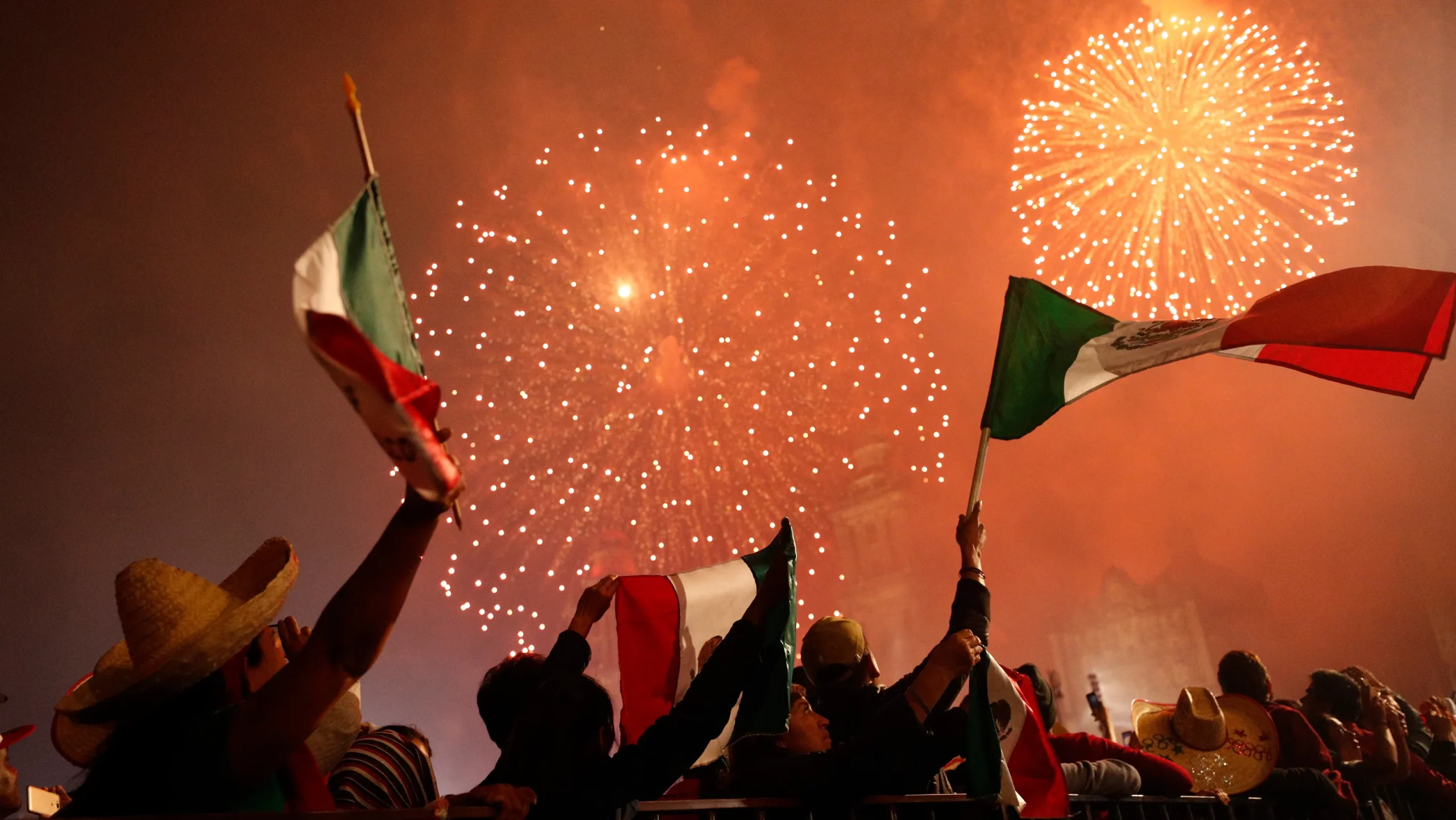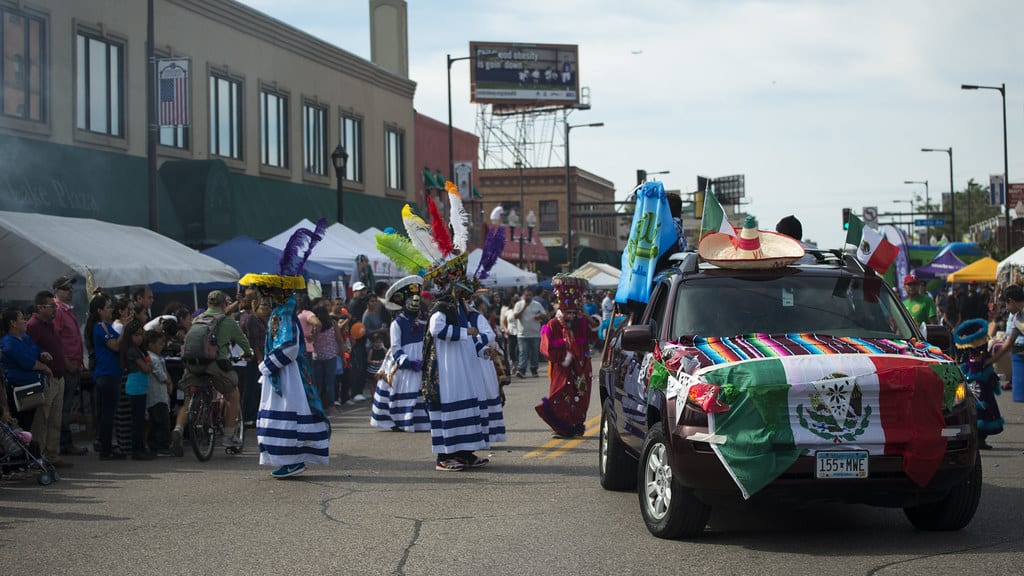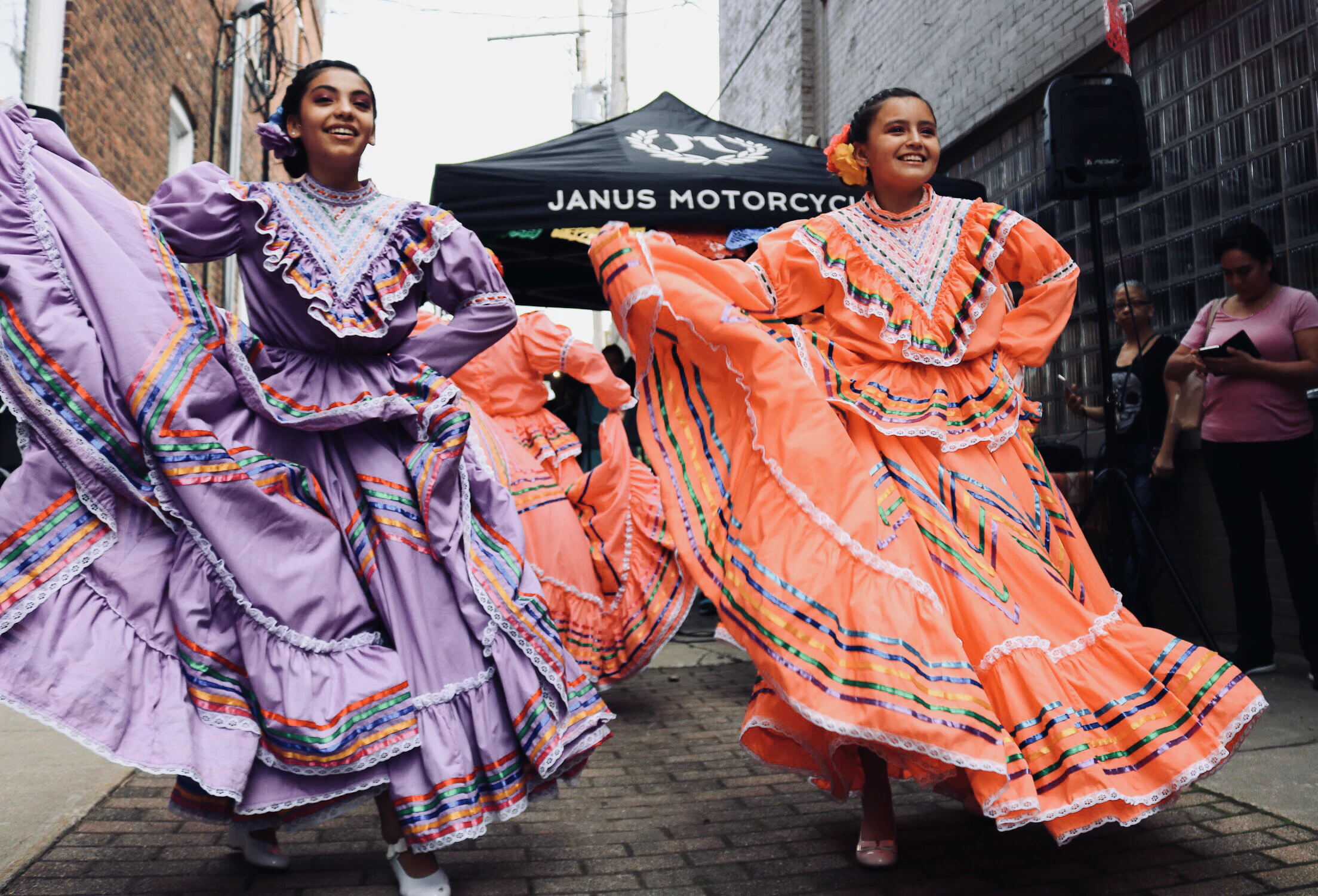Hispanic Heritage Day- Its History And Tradition
 This year Hispanic Heritage Month will be celebrated from September 15 to October 15, like in previous years. Hispanic Americans dedicate this month to giving homage to their heritage, rich historical background, and cultural base. Those Americans called Hispanic Americans to identify as Hispanic as their ancestors belong to Spain, Central, and South America, Mexico, and the Caribbean.
This year Hispanic Heritage Month will be celebrated from September 15 to October 15, like in previous years. Hispanic Americans dedicate this month to giving homage to their heritage, rich historical background, and cultural base. Those Americans called Hispanic Americans to identify as Hispanic as their ancestors belong to Spain, Central, and South America, Mexico, and the Caribbean.
This one-month Hispanic period is about education, recognition, cultural events, and celebrations. You can enjoy this month by participating in several activities that you like. Even the food festival showcases culinary items from native countries and territories. In this food event, Puerto Rico, Argentina, and Costa Rica participate with their array of stalls. In addition, if you are a movie-lover, you can track down culturally waved movies based on rich stories. Also, you can seek out some extremely amusing performances of Hispanic comedians.
You can also see some international figures who self-identify as Hispanic, paying donors to their heritage. But still, we are not aware of what Hispanic Heritage Month is and what its purposes are. Here, we will light up on the history, significance, and celebration of Hispanic Heritage Month.
What Is The Role Of Hispanic people Behind The Entire US Population?
As per the record of the Census Bureau of the US, the recent Hispanic population is more than 62.1 million. The data says Hispanic people belong to the most significant racial community. This minority Hispanic group has contributed half of the American population enhancement and graphical elevation between 2010 and 2020. However, this record is based only on the Census data that asks people to identify whether they are Hispanic or not.
How Was The Beginning of The Hispanic Heritage Month?
In 1968, President Lyndon B. Johnson was the first National Hispanic Heritage Week initiator.
The Proclamation Of The President stated via another governing body that he wanted to pay donors to the Hispanic heritage culture, rich history, and traditions. He decided September 15 would be the Hispanic Independence day for Central American countries and September 16 for the Republic of Mexico. So Congress requested President to designate these two days annually as National Hispanic Heritage week.
 Congress announced to extend the Hispanic day celebration into a month-long day off the festival. The announcement date was August 17, 1988, during the presidency ship of Ronald Reagan. So, according to the law, people celebrate the first Hispanic heritage month.
Congress announced to extend the Hispanic day celebration into a month-long day off the festival. The announcement date was August 17, 1988, during the presidency ship of Ronald Reagan. So, according to the law, people celebrate the first Hispanic heritage month.
The Hispanic Heritage Month Is Divided Into Two Months. Why Is It So?
According to President Johnson’s manifesto, September 15 is the Hispanic Independence day for five Latin American countries: Guatemala, Costa Rica, Nicaragua, and El Salvador. These countries became free from Spanish rule and independent on September 15. On the other side, Belize, Mexico, and Chile earned their independence on September 21, 16, and 18 and became free from the autonomic power of Spain and the UK.
Some countries Participate In Hispanic Heritage Month. What are They?
The list of countries that are involved in Hispanic heritage month is here:
- Argentina, Costa Rica, Guatemala, Equatorial Guinea, Puerto Rico, Bolivia, Chile, Nicaragua, Cuba, Paraguay, Colombia, Dominican Republic, Ecuador, Honduras, Venezuela, El Salvador, Uruguay, Panama, and Peru.
As Latino and Hispanic are interchangeable, so many people interchange the language. Latino or Latina means a person of Latin American origin, and Hispanic means a person of Spanish origin.
Also, we can get into an official explanation of these Hispanic and Latin. Hispanic people means their ancestors are from Spain, and their first language was Spanish. Similarly, people from Latin America are called Latin, as they don’t speak the Spanish language. For example, Spanish is not the language of Brazilians. They speak Portuguese as their first language.
How Do Hispanic people Enjoy This One Month Of Holiday?
 The official governing body always keeps ready the schedule of planned activities that Hispanics will host throughout the period. This plan contains concerts, musical events, dance performances, comedy, art festivals, and parades. These activities are mainly performed in the entire US at ground level with the participation of locals. Most of the activities are free to enjoy.
The official governing body always keeps ready the schedule of planned activities that Hispanics will host throughout the period. This plan contains concerts, musical events, dance performances, comedy, art festivals, and parades. These activities are mainly performed in the entire US at ground level with the participation of locals. Most of the activities are free to enjoy.
The theme for 2022 is Unidos, which means an integrated approach to a dynamic and powerful nation. NCHEPM (National Council of Hispanic Employment Program Managers) has the authority to decide the theme’s name. Last year the theme was about people’s hope and their heritage.
This year’s celebration will be in-person. But still, you can enjoy some others’ performances through the books of Spanish authors. Also, if you want to participate, you can brush up and rectify your Spanish pronunciation by listening to podcasts. Also, you can watch Spanish TV programs.
Schools, offices, and other businesses remain closed on Hispanic Independence day. People and children enjoy their day off with fun-fuelled activities. At the start of the day, the King and Prime Minister command a parade with the representatives of Spain’s military house. Even they bring vehicles that they use in battles. Moreover, people celebrate this day with their families and friends. Lastly, read more about travel and culture around the world here.



